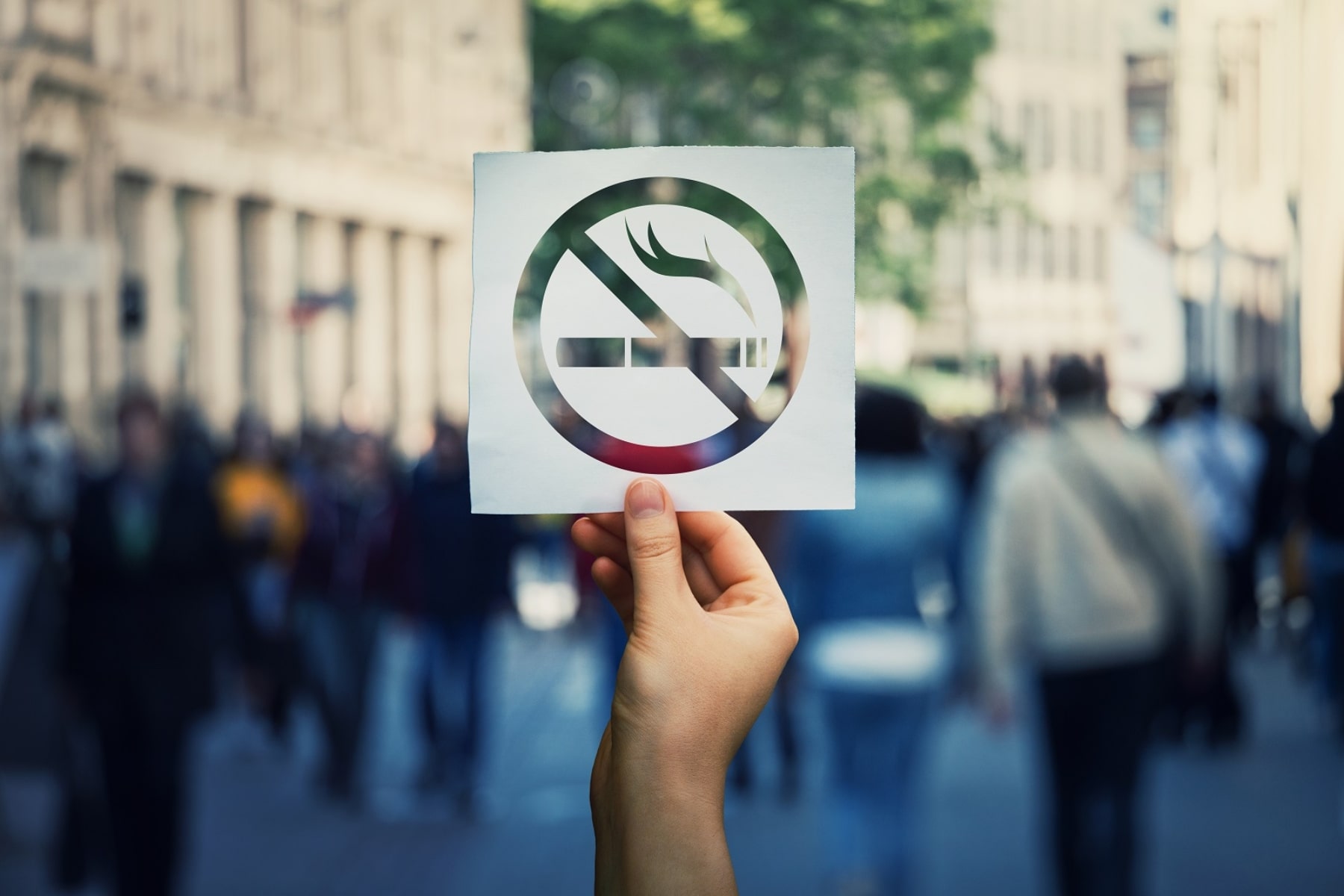Quitting smoking isn’t as easy as throwing out the last pack of cigarettes and not buying more. Smoking has emotional and social complications in addition to physical cravings. Nicotine is a highly addictive substance and reaches a smoker’s brain within about ten seconds.
At first, smokers may feel a lightened mood, increased concentration, and reduced appetite.1 But nicotine leaves their system relatively quickly and withdrawal symptoms set in almost immediately. Smoking alleviates those symptoms, and the cycle starts again as the individual’s body becomes dependent on smoking.
In addition to the physical addiction cycle, psychosocial elements of smoking make it hard to stop. For example, smokers may enjoy the social aspect of smoking at a bar or club or hanging out with friends. A smoker may have conditioned themselves to crave a cigarette first thing in the morning or after a big meal. In these situations, mental conditioning and physical cravings work together to continue the addiction.
Quitting smoking is difficult but far from impossible. With the right tools and strategies, anyone can stop smoking for good. The Great American Smokeout, an event the third Thursday of November sponsored by the American Cancer Society, encourages smokers to lean on one another to quit the habit and start a journey toward a smoke-free life. Individuals don’t have to stop smoking in one day—they just must start with day one.
Here are our top tips to kick the nicotine habit for good!
4 Strategies to Quit Smoking
Make a Plan
When you stop smoking, you’ll need to fight physical cravings, withdrawal symptoms, and strong mental connections with the act of smoking. Although some prefer to quit “cold turkey,” most smokers prefer to have a plan before their last day. Talk to your doctor or other healthcare professional about tools, including medications, nicotine patches or gum, or self-help guides, you can use to ensure you’re successful. Work on your mindset to focus on the positive aspects of quitting.
Find Support from Friends and Family
Humans are designed for community and leaning on friends and family to help you stay accountable is one of the most powerful ways to stop smoking. Online or in-person support groups can also help encourage smoking cessation, especially because others are traveling the same path. Take advantage of employee assistance programs, like the digital programs from Uprise Health, that may offer coaching or counseling.
Avoid Triggers
Smoking triggers may include familiar people, places, or situations and they are different for every person. The first step is to Identify what causes the cravings and try to avoid or limit time around them. Some may be unavoidable—for instance, if stress from work causes cravings, you can’t avoid work. In these situations, we encourage smokers to replace the trigger with a new connection, like chewing gum or drinking water. For instance, if an individual typically smokes with the first cup of coffee, they can try tea instead.
Clean House
Any reminder of an individual’s former smoking life, including ashtrays and lingering secondhand smoke, can be a trigger, so use freedom from cigarettes as a chance to clean house—literally! Former smokers can deep clean upholstery, carpets, and other fabric surfaces that can hold cigarette smoke in the fibers, and use fragrances, candles, or essential oils to freshen the air.
Don’t Give Up
Remember: one bad day doesn’t mean you have failed. Withdrawal can be difficult even with the best laid plans. Keep your “why” at the top of your mind and take your journey one day at a time.
For more resources on smoking cessation, visit your member portal or the Uprise Health blog.





